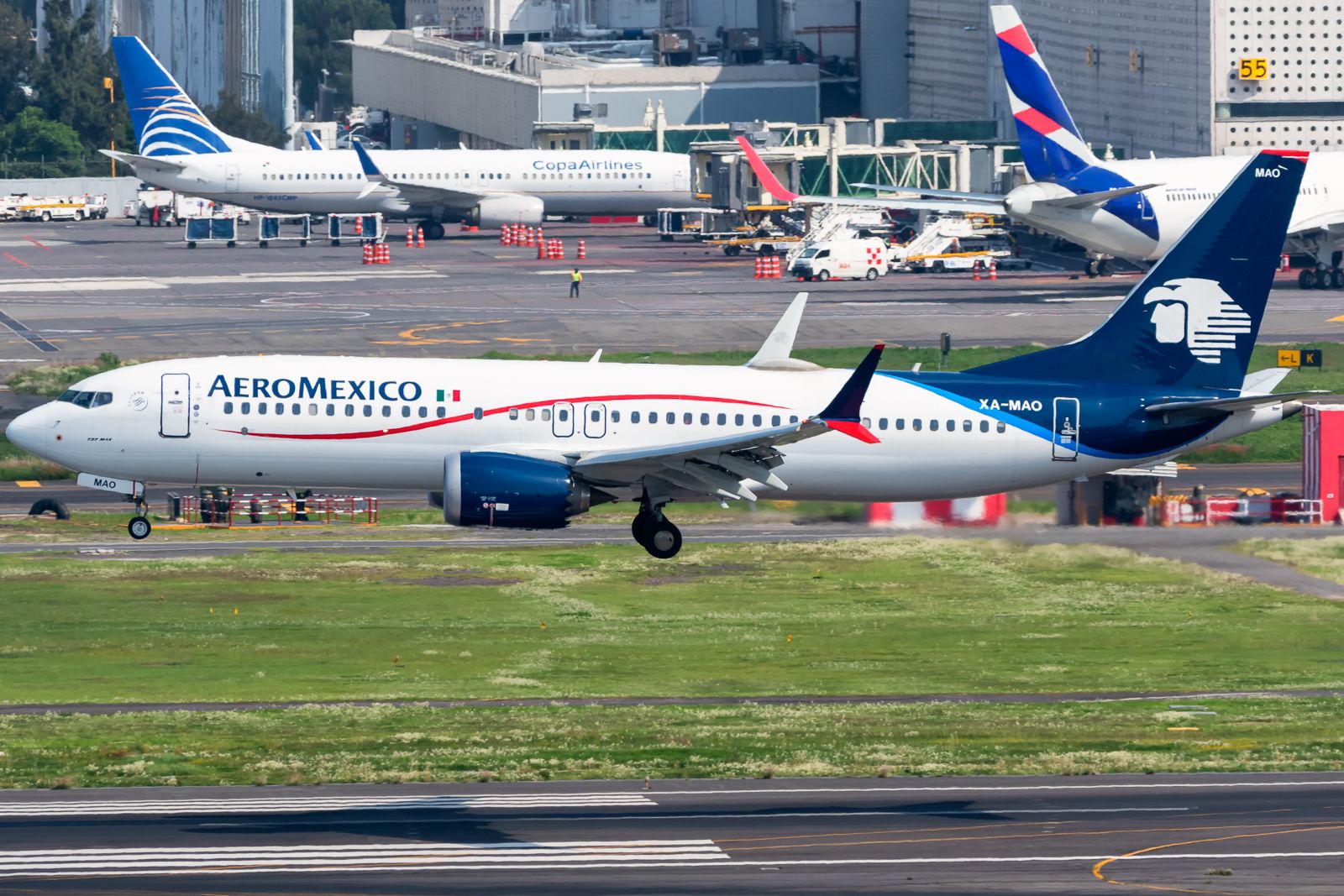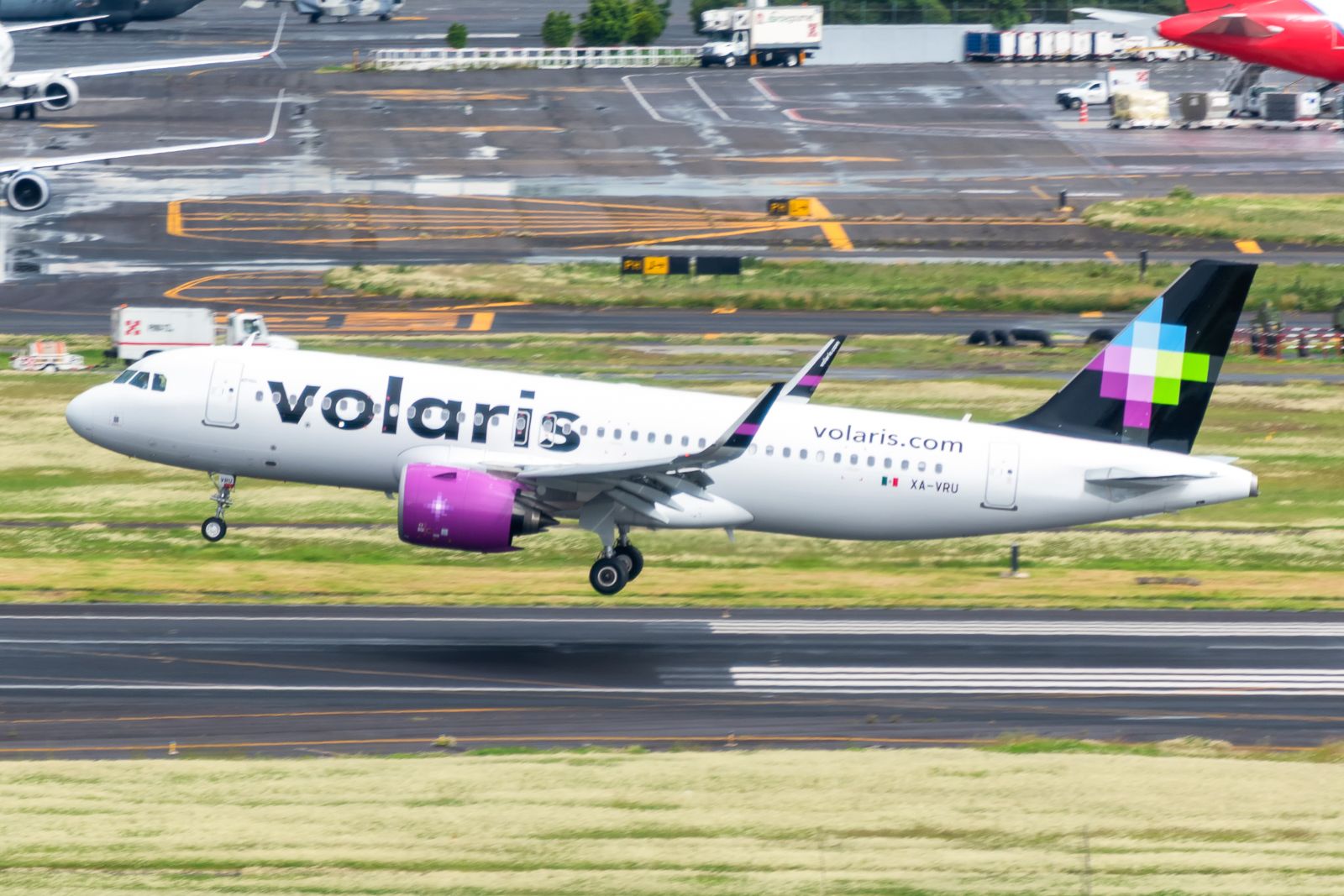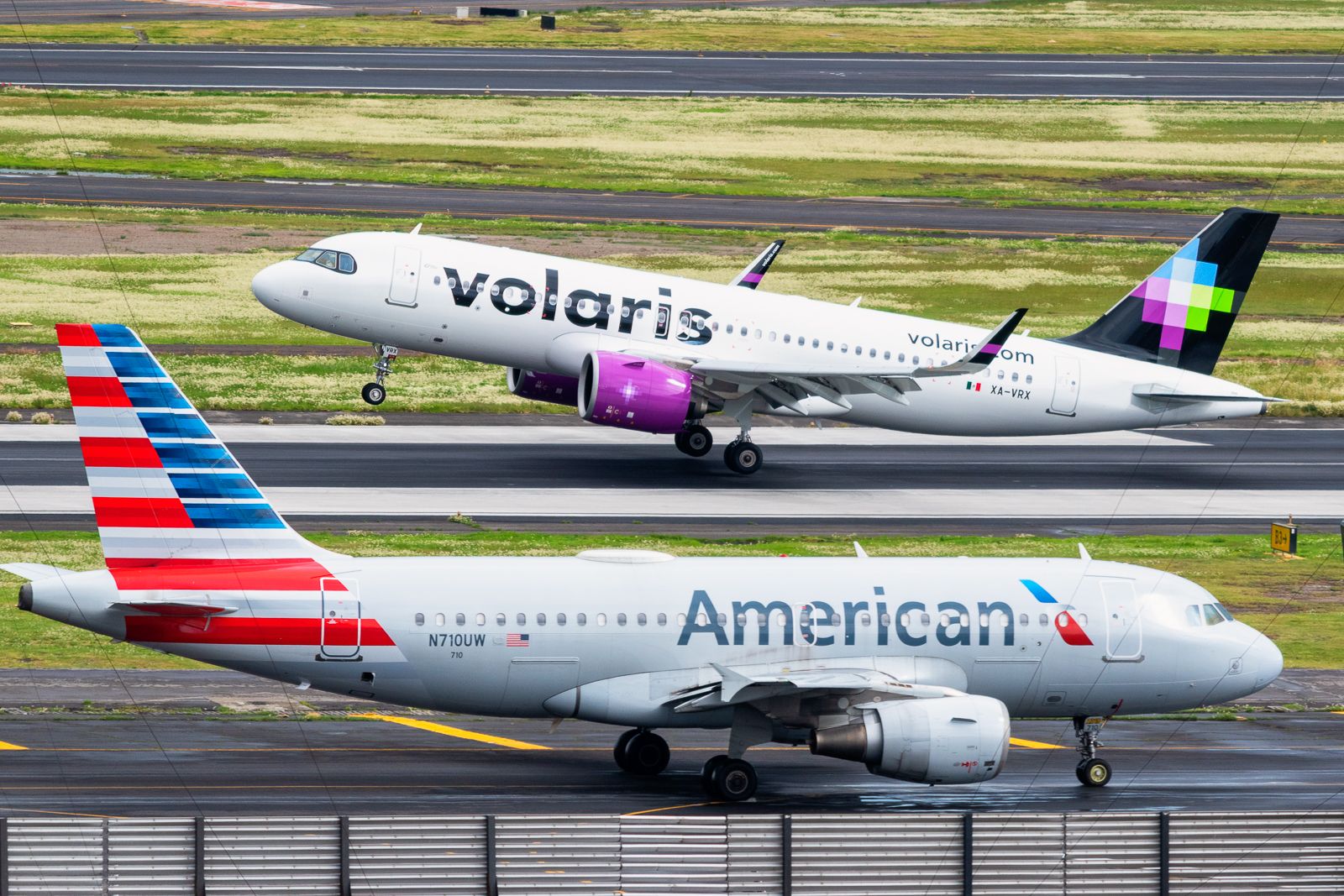The Mexican government says the recovery of Category 1 with the Federal Aviation Administration (FAA) is closer than ever following the launch of a new law reform that will strengthen the country’s civil aviation and address the recommendations made by the FAA.
Recovering Category 1 status?
On May 21, Mexico will turn two years old in Category 2 status after failing to meet the safety standards set by the International Civil Aviation Organization (ICAO) during an FAA assessment. During the last two years, Mexican airlines have been blocked from launching new routes to the United States, losing millions of dollars in potential revenue.
During the International Aviation Safety Assessment (IASA) process, the FAA identified 39 areas of non-compliance with minimum ICAO safety standards. It took nearly two years, but the Civil Aviation Federal Agency of Mexico (AFAC) has now claimed to have addressed all these issues and is ready to be audited again.
This week, the Mexican government released a statement saying it will schedule a final audit with the FAA to regain Category 1 status. The last three areas of non-compliance were addressed through a law reform project, which gives AFAC more power to execute some of its tasks correctly. The FAA has not yet announced a new audit date.
The impact of being in Category 2 status
For the last two years, Mexican airlines have been unable to launch new routes to the United States. Instead, they have redeployed their efforts elsewhere and launched operations domestically and to South America. For instance, Viva Aerobus and Volaris began flying to Peru, Colombia, and, shortly, Ecuador in this period. The only route inaugurated to the United States since the degradation was Aeromexico’s service to Houston from the new Felipe Ángeles International Airport. Additionally, US airlines are prohibited from the market and selling tickets with their names and designator codes on Mexican-operated flights, and the FAA increased its scrutiny of Mexican airline flights to the United States.
Find the latest South American aviation news here.
As of August last year, the International Air Transport Association (IATA) had estimated a revenue loss of about $9.3 billion due to Mexico losing Category 1 status. No new estimates have been given since.
The Mexico-United States market remains one of the strongest globally. For most of the COVID-19 pandemic, it was the strongest worldwide, and only recently has it been surpassed temporarily by the UK-Spain segment.
In the first quarter of 2023, the Mexico-US market received 9.61 million passengers, with an average load factor of 84.7%, well above 2019 and 2022 traffic levels. According to data released by the Mexican government, the market is dominated by American Airlines, which holds a 21.3% market share. United Airlines has a 14.8% share, followed by Delta Air Lines with 13%. Volaris is positioned as the fourth largest carrier in the transborder market with a 12.2% share. Aeromexico only has a 6.6% share, and Viva Aerobus has a 4.1% share. That means the three Mexican carriers currently flying to the United States (Aeromar has already ceased operations) hold only a 22.9% share.
When do you expect Mexico will regain Category 1 status with the FAA? Let us know in the comment section.



